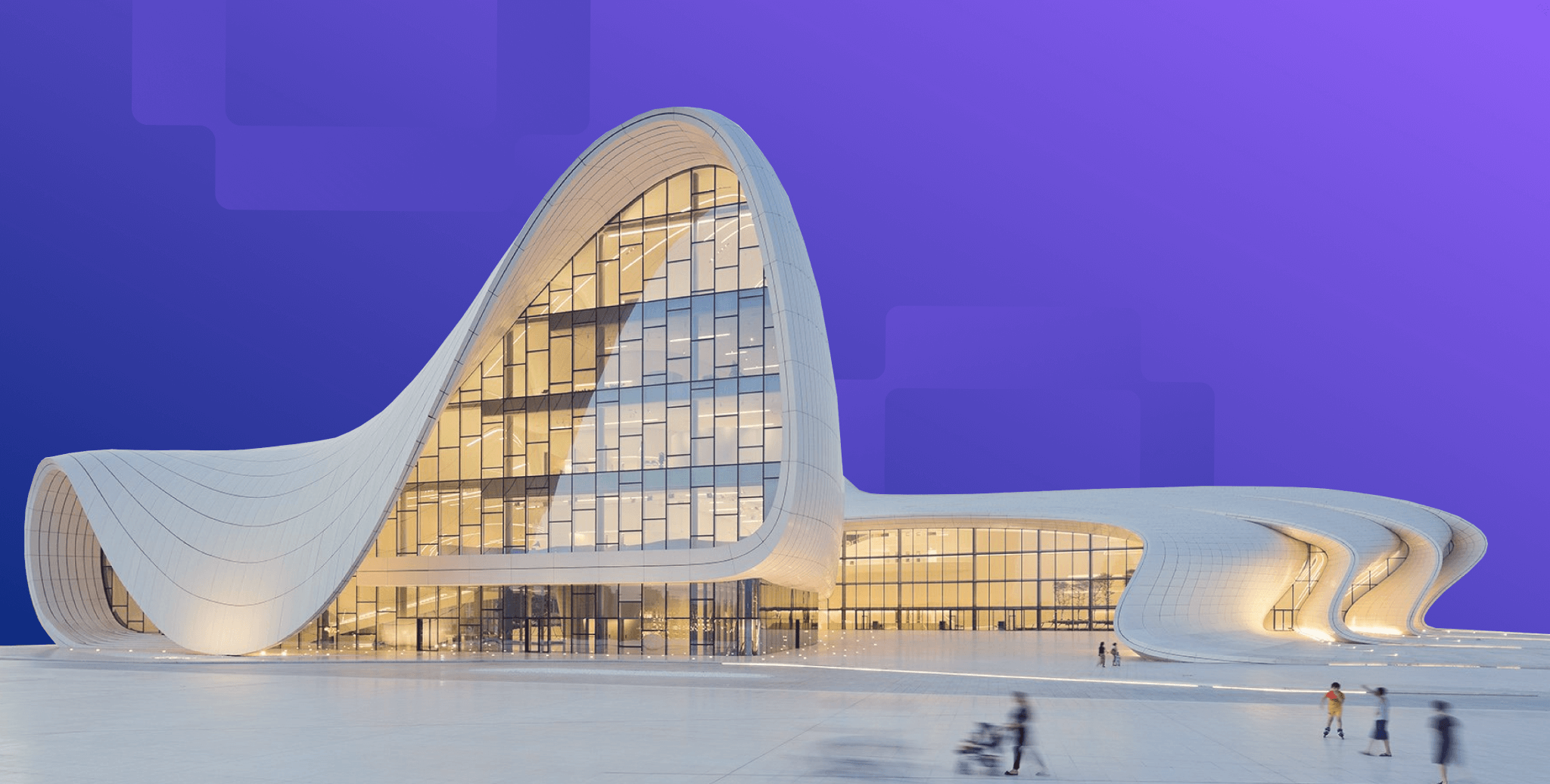Top 6 Verticals of Computational Design Every Architect Must Know
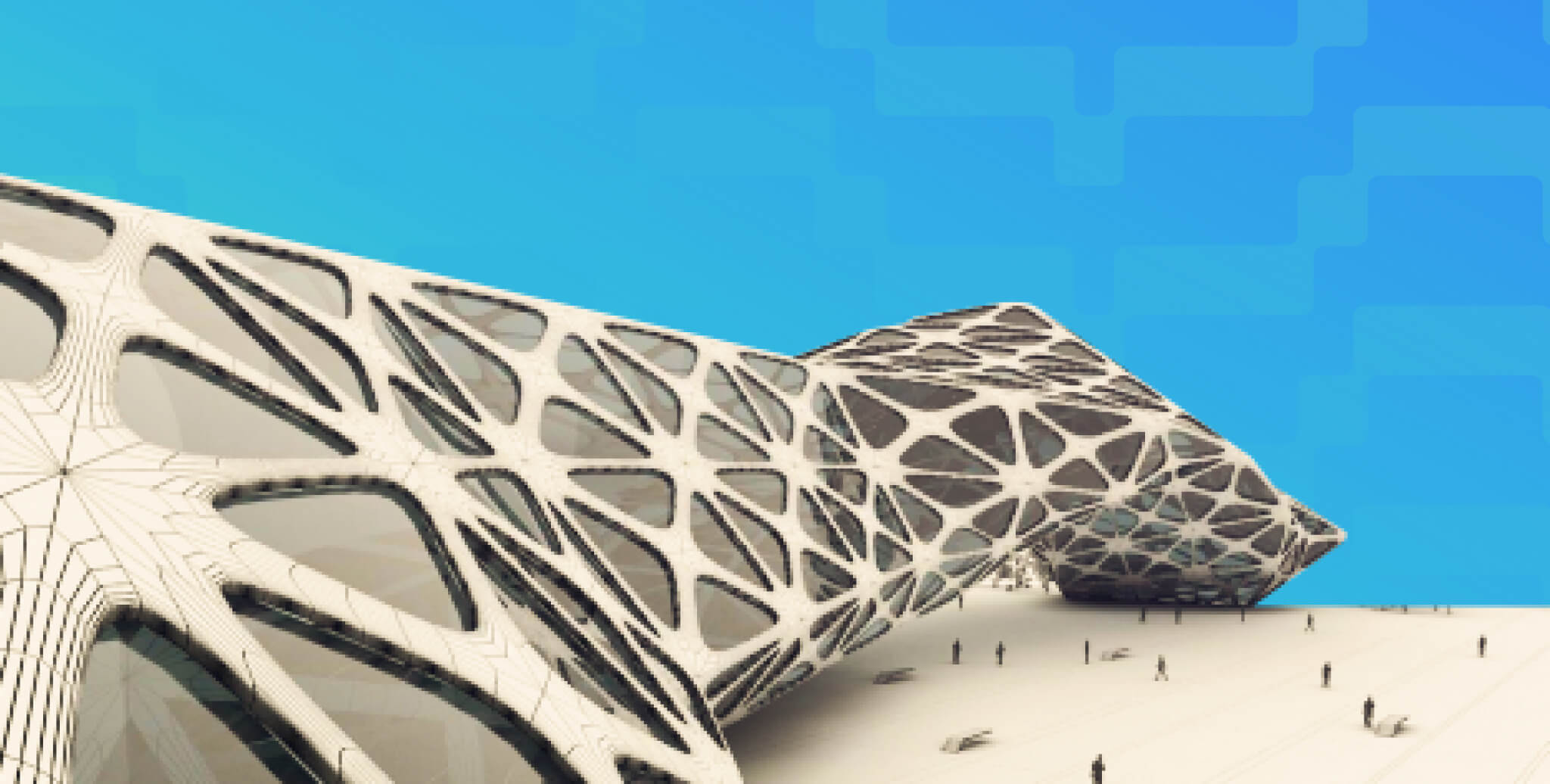
Table of Contents
It’s time to bid farewell to conventional drafting tools because computational design methods have arrived on the landscape of architecture. Thanks to technological advances, the AECO industry is being revolutionized for everything from design to construction with the help of futuristic tools.
Computation design technologies process data by using a combination of parameters and algorithms to address design challenges. While working on the computer, every design detail is translated into a coded computer language to generate models and design analysis. Once the data is entered or input is provided, the machine can repeat that process multiple times to generate desired results.
Softwares such as Rhinoceros 3D and Grasshopper are popularly used for computational design across the globe. Alongside, softwares such as Siemens NC, CATIA, Dynamo, Marionette, Param- O, Vizpro, and Fusion 360 are also used for generating computational drawings.
Benefits of Computational Design for Architects
Computational design helps in saving time, effort, and resources invested in manual or CAD-supported drafting. It also provides architects with the freedom to experiment with multiple forms and volumes by making minimal changes in the algorithm. This ability to experiment helps in mitigating design risks. The creation of error-free designs helps in keeping the project costs under control. Further, repetitive tasks can be automated with computational design tools. Once a task has been input, the algorithm can repeat it multiple times to achieve the desired output.
Learn how to build a career in computational design.
Types of Computational Design in Architecture
Computational design methods do not require architects to learn textual coding. Most of these tools function on visual programming that allows architects to graphically develop their designs. Below are the key verticals of computational design that are reshaping the AECO industry.
Parametric Design

What is Parametric Design?
Parametric design is a field of computational design that uses algorithmic processes to develop parameters that determine the design of a building. The term “parametric” finds its origin in the word “parameter” meaning a characteristic that helps define a system. Parametric modeling can be classified into two categories based on their outcome, namely:
- Propagation-based systems: Algorithms develop the final structural form that is based on initial parametric inputs.
- Constraint systems: The structural form is first finalized based on which the set of algorithms is evolved.
Benefits of Parametric Design Architecture?
- Creation of dynamic forms: Parametric design benefits architects by allowing them to explore unusual built forms.
- Mapping structural stability: Doing multiple trial and error on the computer helps in real-life structural hazards. This results in higher design quality and better productivity.
- Increase in speed: Parametric design provides speedy interaction and flexibility. Complex built forms can be created through simplified geometry.
Applications of Parametric Design
- Assess future needs: Architects can also check the suitability of their designs and their future impact on the locality through parametric design tools.
- Control over budget: Since the parameters are set by the designer, they are in a better position to manage budget overages.
- Site management and coordination: The process of project management can also be eased with parametric design.
- Resource saving: The use of parameters saves time, effort, and money while helping create innovative structures.
Algorithmic Design
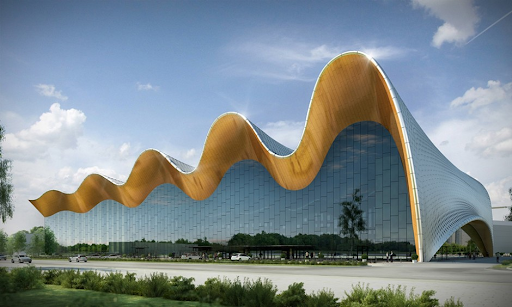
What is Algorithmic Design?
Algorithmic design is a subset of computational design that is based on a logical set of rules and programmes. The idea is to generate an output that incorporates computational complexity for design visualization and expression. This helps architects to evaluate, analyze, and iterate their designs through a defined methodology. Algorithms allow designers to achieve better quality aesthetics, structural performance, and sustainability while automating all labor-intensive tasks.
Benefits of Algorithmic Design- Saving of resources: Similar to parametric design, algorithmic design reduces the investment of resources and helps in streamlining project workflow.
- Explore creativity: Algorithmic design enables architects to unleash their creative potential and create dynamic free-flowing structural forms.
- Reduced scope of error: The use of algorithms helps in the creation of error-free designs by testing multiple permutations and combinations.
Applications of Algorithmic Design?
- Design optimization: Functional efficiency and structural optimization can be achieved through the appropriate interaction of algorithms.
- Ease of collaboration: This also provides architects and designers with the opportunity to collaborate on large-scale projects and propose solutions that benefit the larger community.
Generative Design
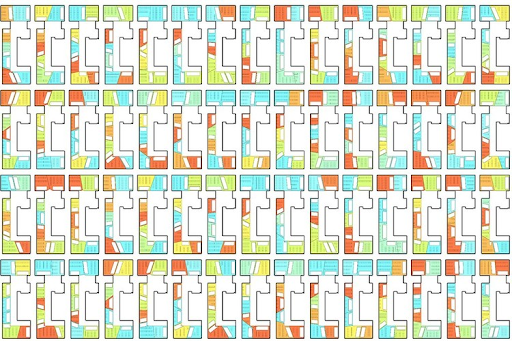
What is Generative Design in Architecture?
Generative design uses algorithms to generate a number of design options that architects and designers can evaluate. It is an iterative design process that relies on user-defined inputs to generate multiple design ideas that help achieve the desired output. In generative design, the designer can also define success metrics to help evaluate the results. Digital tools such as artificial intelligence and cloud computing help in the generation of tons of ideas that are ranked by user-defined metrics.
Applications of Generative Design
- Creating a holistic building analysis: The success metrics are used to optimize the design efficiency and aesthetics by helping control elements such as building positioning, spatial planning, structural load capacity, number of buildings, life safety analysis, and cost data.
- Generate multiple design ideas: Based on these results, the designer can evaluate the suitability of an option for their project.
- Developing modules: While generative designs enable the creation of multiple options, architects tend to vouch for a couple of tried-and-tested solutions. These options become classic generative design solutions that can be replicated in their future projects.
Biomimetic Design

What is Biomimetic Design?
The term biomimetic finds its origin in the Greek word “bios”, meaning “life” and “mimesis”, meaning “imitate”. Therefore, as the name suggests, biomimetics refers to the imitation of naturally occurring designs and strategies to devise sustainable building solutions. Biomimetic design is a discipline of architecture that seeks inspiration from nature to design structural forms.
Biomimetic Design Examples
- Holistic acceptance: The nature inspiration is not only limited to the aesthetics but also extends to the construction principles and overall functioning of the building.
- Nature at heart: Principles found in nature form the basis of all architectural and construction decisions in biomimetic design.
- Mapping structural strength: Computational design softwares helps in form-finding, ideating, and testing the feasibility of biomimetic designs.
Digital Fabrication
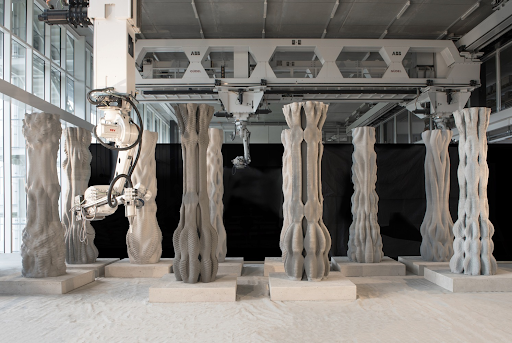
What is Digital Fabrication in Architecture?
Digital fabrication is a manufacturing and construction process that uses a machine to build a structure. This method of construction is gaining massive popularity among architects, product designers, and furniture designers as it provides the opportunity to create complex designs with simple geometric formations. 3D printing is a digital fabrication technology that is now widely used for the construction of residential structures.
Applications of Digital Fabrication
- Efficient use of resources: Digital fabrication techniques allow more efficient use of materials while enabling speedy construction.
- Saving time and money: They are also cost and time-efficient.
- Structural efficiency: The scope for error is drastically reduced because the machines can follow architectural drawings to the tee. Hence, accuracy in drawings is essential to achieve structural efficiency.
- Creative flexibility: Digital fabrication offers flexibility in design. The architect can experiment with various forms and create dynamic structures.
Machine Learning
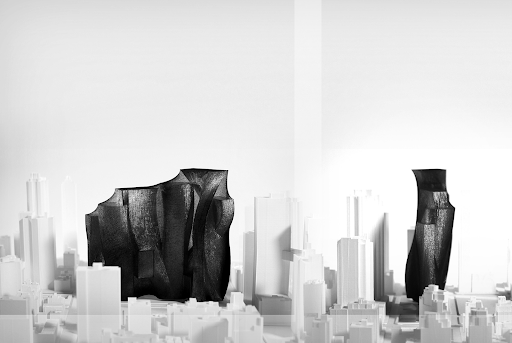
What is Machine Learning?
Machine Learning and Artificial Intelligence (AI) is helping architects unlock the next level of creative thinking. While Machine Learning gives computers the ability to learn without any specific programming, Artificial Intelligence helps them perform tasks that typically require human intelligence. These tools depend on vast amounts of architectural data for providing insights and automating repetitive design tasks.
Process of Machine Learning
Machine learning is a technology that functions based on the data received from the simulation of human intelligence processes. The system processes a large amount of data to map correlations for making design predictions. Its programming is focused on 3 aspects:
- Learning: Acquiring data and converting it into legible and actionable information
- Reasoning: Selecting algorithms to generate the desired output
- Self-correction: Fine-tuning the algorithms to ensure appropriate results
Applications of Machine Learning in Architecture
- Structured information: With the help of organized data, machine learning helps in understanding the site topography and allied design challenges.
- Logical solutions: This empowers architects to provide data-backed solutions that are relevant to the site and its people.
- Efficient designs: Machine learning tools are helping designers to produce efficient designs at a greater speed.
- Green practice: They are also allowing the designs to be more sustainable because the solutions are more site-specific.
- Design analysis: Machine learning also has great potential to analyze designs at a lesser cost.
How Novatr Can Help You Learn Computational Design?
Novatr is a digital education platform meant for architects, engineers, and designers, providing real-world exposure and industry-relevant skills. It is developing an ecosystem for innovators to upskill and equip themselves with new-age skills. The goal is achieved through community learning, critical thinking, and collaboration with industry experts.
You can become an expert in computational design through Novatr’s Master Computational Design Course. Understand computational theory, master advanced tools and industry workflows, build your specialization, and graduate with a professional certification by enrolling in this course. You also get access to live training, recorded sessions, and practice files which help your professional progress. Novatr also provides career guidance and placement support to help all participants secure the best job opportunities.
Explore Novatr’s Master Computational Design Course and unlock the door to your professional success.

 Thanks for connecting!
Thanks for connecting!

-2.png)
-3.png?width=767&height=168&name=MCD%20B%20(Course%20Banner)-3.png)


.png)

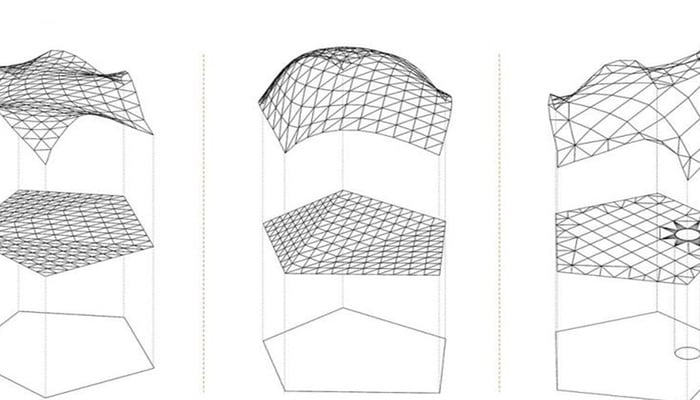

-1.jpg)
-1.png)
